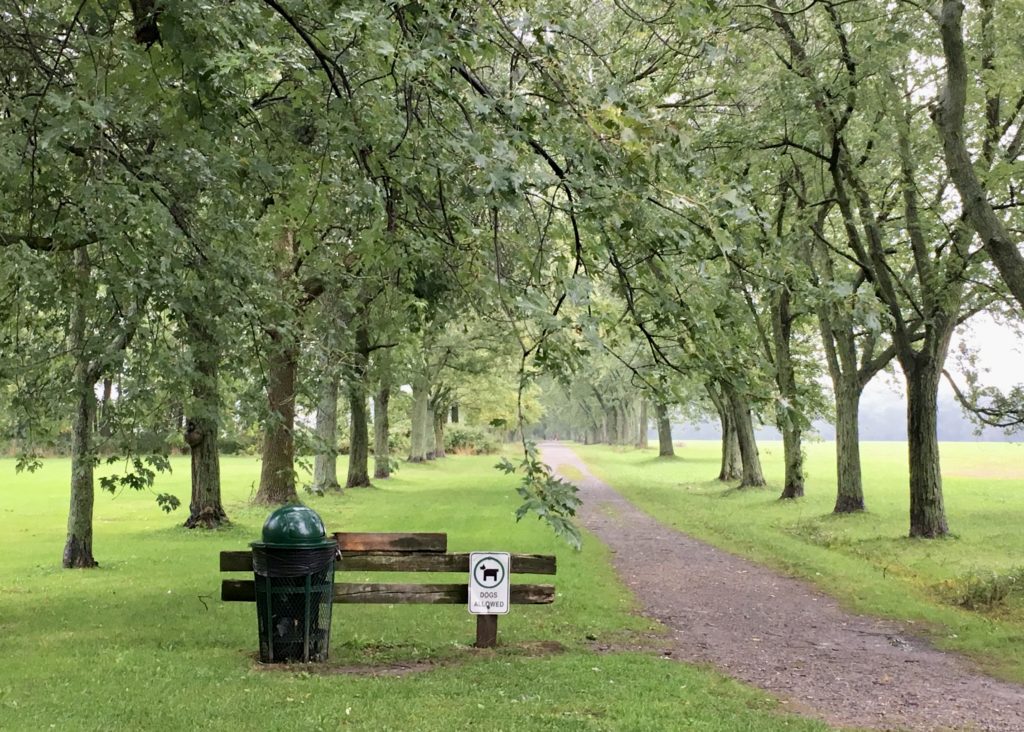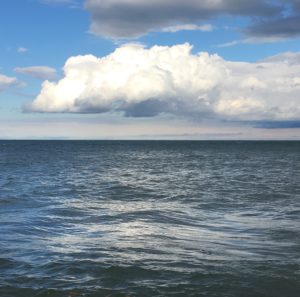
Most of you who read my posts and take my workshops have a deep love and appreciation for the natural world. You use your camera to discover and share beauty wherever you are. I do too.
You’re probably also very aware of the environmental crisis we’re facing and you do what you can to minimize your impact. Maybe you’re involved with issues in your own community. And, you probably know that the IPCC (International Panel for Climate Change) recently came out with a report which is alarming to say the least. Debra Roberts, a co-chair of the working group on impacts had this to say, “It’s a line in the sand and what it says to our species is that this is the moment and we must act now.” (The Guardian)
This is the moment. And while the challenges seem overwhelming, the only place we can start is right where we are.
More than a decade ago, I completed a Masters course in Earth Literacy, that is, knowledge of our Earth and how it works. Two big parts of the course were acknowledging our place as humans in this process and developing a deep connection with wherever we call home. For many years, I’ve wondered how to combine what I discovered through this program with contemplative photography. And, I may have figured it out.
The Field of Contemplative Ecology
“Contemplative ecology has to do with identifying our deepest feeling for the natural world. Ecological understanding must be set in the widest possible framework, not just how organisms interact with their environment but also how ecological networks are shaped by human culture and thought, including human emotion, reason, imagination, and soul.” ~ Douglas Christie, Blue Sapphire of the Mind
A few of the authors I’ve studied recently work in the field of contemplative ecology. They are Douglas Christie (Blue Sapphire of the Mind), David Abram (The Spell of the Sensuous), Bill Plotkin (Nature and the Human Soul), and Laura Sewall (Sight and Sensibility). There are many others but these are the ones that have had the biggest impact on my thinking. In the coming weeks, I’ll share posts with summaries of what I learned from these books.
These books have inspired me to create a new course for 2019 called PLACE. It will run for about six months, most likely beginning in April. There will be a dedicated place online for sharing photos and having discussions.
What is the purpose of this course?
The purpose is for you, for all of us, to become more rooted in the place we call home, the place where we live and love. It’ll go beyond the human community of your neighbourhood to the entire ecological and geological community. The time you spend getting to know your place will reveal what’s working and what not. You may discover how you’re called to respond to this time and this place you inhabit; where you can make a difference in the life of your community. As a bonus, we’ll all learn a little about each other’s places and inspire each other along the way.
 For example, my town of Niagara-on-the-Lake is anchored by Lake Ontario, one of the five Great Lakes. These lakes contain 20% of the world’s fresh water. I walk to Lake Ontario (the lake of shining waters from the Iroquoian language) almost every day and it’s beautiful. It shines. But, it has its problems too. The non-profit Lake Ontario Waterkeepers have this posted on their website under Issues.
For example, my town of Niagara-on-the-Lake is anchored by Lake Ontario, one of the five Great Lakes. These lakes contain 20% of the world’s fresh water. I walk to Lake Ontario (the lake of shining waters from the Iroquoian language) almost every day and it’s beautiful. It shines. But, it has its problems too. The non-profit Lake Ontario Waterkeepers have this posted on their website under Issues.
“Lake Ontario is a vibrant and unique body of water, but it also needs our help. In 2013, there were 3,024 beach advisories on Lake Ontario. These water quality advisories cost Ontario more than $250-million in lost economic value and contributed to an estimated 78,000 waterborne illnesses. Seven communities in our watershed experienced drinking water advisories. And there were fish consumption restrictions on every fish in the lake.”
I think it’s in the interests of all who live near this lake to take this seriously. Not just for the 9 million people who rely on the lake for drinking water, but for the impacts on wildlife too.
How will it work?
The template I’m adapting for this course comes from a publication called Exploring a Sense of Place: How to create your own local program for reconnecting with nature (2006). The authors state that this program is not a hiking club or birdwatching group. It’s not a way to learn Latin names of flora and fauna. It’s not a tree-hugging cult or something to do on the weekend. I would add that it’s not a photography workshop either.
It’s a way to experience nature inside and out.
You are deeply connected to your place in time, whether you know it or not. To know how you fit in and what you’re called to do, you need to know where you are and what and who came before you. In this course, you’ll discover your place through walks, readings, observations, and encounters.
The Basic Structure
The program will be designed to help you uncover the stories of your place.
* The Deep Time Geological Story – your area’s bedrock formation over time.
* The Weather and Climate Story – and how it affects the way you live
* The Season’s Story – and what each season brings to your area
* The Story of Indigenous People – how did the earliest people in your area live and where are they now?
* The Watershed Story – where does the water flow?
* The Wildlife Story – what plants and animals are native to your area?
How You and Your Place will Benefit
* You’ll feel more at home, more connected and rooted in your place.
* Perhaps you’ll be clear on what your place needs from you and what you need from it.
* You will make important human connections, both online and in person.
* You’ll have direction and purpose moving forward.
* You’ll fall in love with your place all over again.
I’ll provide the subject matter for each month, provocative questions, creative components, and a safe place to share. There will be readings and suggestions for places to visit and explore. It’ll be up to you to decide how to proceed from there – where to walk, attend a talk, or read and learn about your particular area. Yes, it’ll take dedicated time on your part, a couple of hours a week minimum. Of course, you can do as much or as little as you choose.
How well do you know your place? Would you like to get to know it better?
This course is still in the planning stages and will go forward depending on interest. If this sounds intriguing to you, please join the pre-workshop email list below. I’ll send you occasional tidbits as I prepare the course and you’ll receive early access at a reduced price. Sign up for that list below. You can unsubscribe at any time if it’s not for you.
** Books mentioned have Amazon affiliate links, meaning I make a few cents if you purchase through my link. I only recommend books that I’ve read.